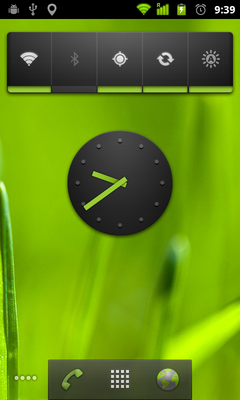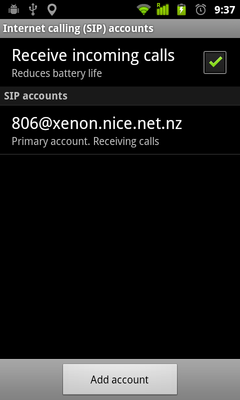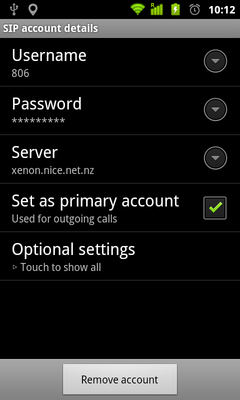Android Gingerbread (2.3.3)

Last night my (Hadley) phone, a Nexus One, prompted me to do an over the air (OTA) update to Android Gingerbread, the latest 2.3.3 version of Google's operating system.
After the update had completed the initial start up took quite some time, the phone was also pretty unresponsive for several minutes. I guess there was still a substantial amount of things going on in the background. Once left for a few minutes I had a quick flick through my normal applications; K9 email, the built in web browser, Google reader and Handcent SMS. Interestingly things do seems a little but snappier than before. Pages are rendering faster in the browser, application screens seem to be shown a little quicker than before and menu selections are acted on more instantly.
As you can see from the screenshots (these are of my phone) the theme has changed a bit, the top notification bar is dark instead of light, the phone/browser/web button down the bottom is squarer and a little green. There's also a nifty animation when you turn the screen of reminiscent of turning off an old school CRT TV, very cool.

As well as the speed improvements and new prettiness, there is one new feature that I've especially been waiting for. Built in VoIP.
As soon as I'd started up and had a quick play around I went straight into the call settings to find out how this VoIP thing worked. To test I registered the phone as an extension to our local FreeSWITCH VoIP server here, as you can see in the screenshot I've made it extension 806. Once I entered the SIP username, password and server address the phone registered and I could immediately place calls. Easy. I've also registered to a test account on 2Talk which appears to work fine.

The call quality is good, our FreeSWITCH server is set up to prefer the G722 wideband codec, then G711 (ULAW/ALAW), a few others and then GSM. When the GSM codec was listed, even at the end, the Android client chose GSM which isn't great quality and leaves a poor impression. After removing the GSM codec from the choices the Android client chooses G711 ULAW which although is bandwidth intensive, is good quality. If we had G729 available this may be a possibility for lower bandwidth usage. As G729 is a licensed CODEC and we have enough bandwidth not to worry, we just use G711.
I currently have the phone set to ask whether to place outgoing calls via VoIP or the mobile network every time, you can choose a preference here too. I can't see this replacing my desk phone as what I want to use every day - there's nothing quite like picking up a decent handset - but it's certainly useful when I'm not sitting in front of my desk.

